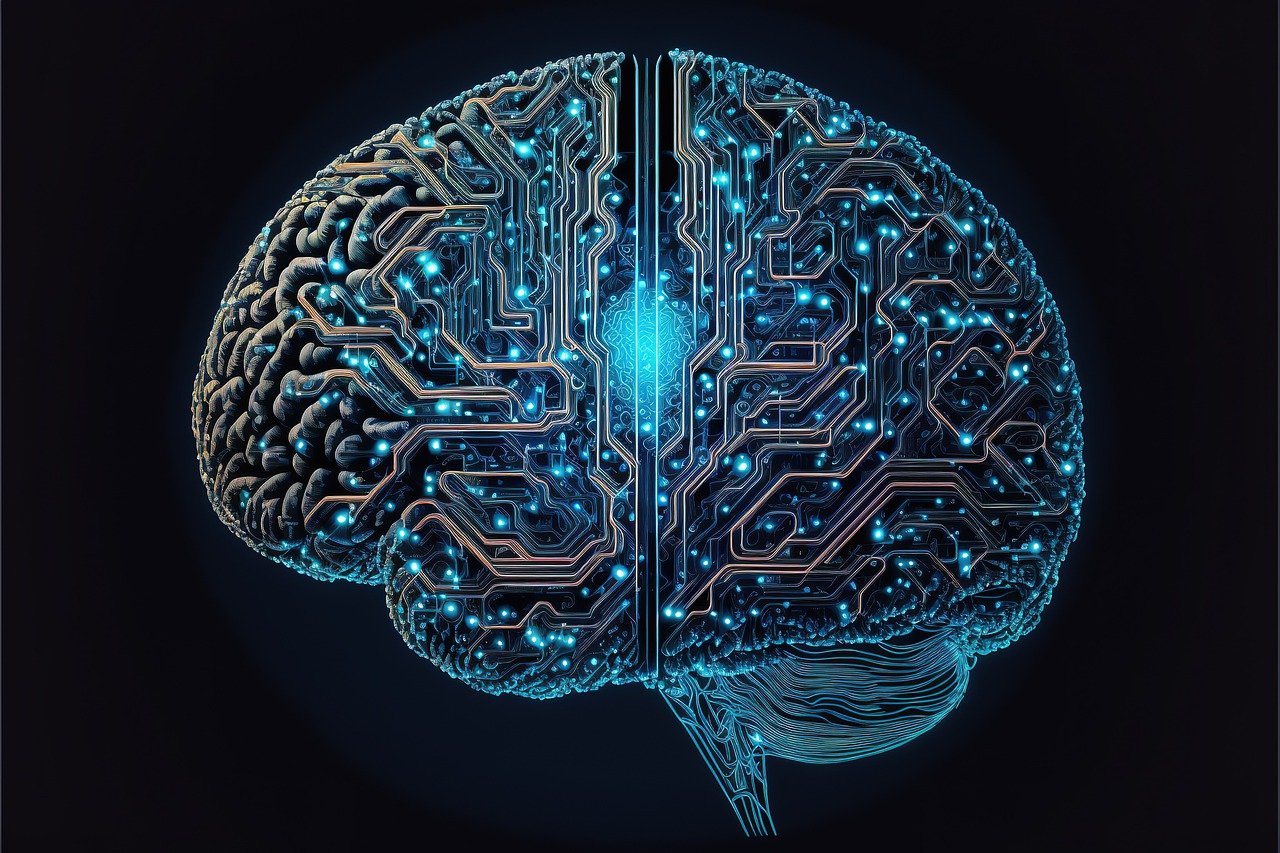How Does EMDR Work? The Neuroscience Behind EMDR
When Dr. Francine Shapiro introduced the world to Eye Movement Desensitization and Reprocessing therapy (EMDR) in 1989, it was met with skepticism. Although Dr. Shapiro had her hypotheses about how exactly it worked so well, we did not have a deep scientific understanding of the mechanisms of action. With today’s technology and advances in neuroscience, we are beginning to see a bit more clearly what is happening in the brain during EMDR therapy and how it may be helpful.
What is EMDR?
EMDR is a therapeutic technique that was initially developed to help treat individuals suffering from PTSD (Post-Traumatic Stress Disorder). With a growing body of research, it is today used to treat a variety of disorders including anxiety, panic disorders, substance abuse, and more.
There are eight phases of EMDR. These eight phases offer a bit of a roadmap in the work. They aim to help the client and therapist build comfort and safety, target the correct memories and difficulties, and keep the individual oriented toward progress. The most well-known aspect of EMDR is bilateral stimulation.
During bilateral stimulation, the clinician uses some form of alternating input. Common forms of bilateral stimulation in EMDR include following a finger back and forth, following a light bar, tapping your feet or hands, or utilizing auditory cues. As one recounts the memory of the difficulty, they follow the experience of the tapping, movement, or sounds as well.
How EMDR Works in the Brain
 With all of this out of the way, let’s dive into what is going on in the brain during bilateral stimulation. There is a working theory that the alternating simulation replicates what occurs during REM (Rapid Eye Movement) sleep, helping us to process memories. Dr. Shapiro and her colleagues developed something called the Adaptive Information Processing model. In the AIP model, it is believed traumatic memories are not able to be completely processed. In response, the brain creates new neural connections that may be triggered or activated, leading to intense emotional responses or flashbacks.
With all of this out of the way, let’s dive into what is going on in the brain during bilateral stimulation. There is a working theory that the alternating simulation replicates what occurs during REM (Rapid Eye Movement) sleep, helping us to process memories. Dr. Shapiro and her colleagues developed something called the Adaptive Information Processing model. In the AIP model, it is believed traumatic memories are not able to be completely processed. In response, the brain creates new neural connections that may be triggered or activated, leading to intense emotional responses or flashbacks.
In one piece of research (https://www.sciencedirect.com/science/article/abs/pii/S0022395609002453?via%3Dihub), the researchers found that there was more activity in the parahippocampal gyrus after EMDR. This part of the brain is responsible for memory coding and retrieval. Thus, we do have evidence that the bilateral stimulation does impact the way memory reprocessing occurs in the brain, but neuroscientists are not entirely sure of the exact mechanism.
A prominent theory is that the eye movements or tapping take up mental space and working memory. It is sometimes phrased as “keeping the individual in the present.” While the person is thinking of the traumatic memory (in the past), the bilateral stimulation keeps the brain partially in the present. This takes some of the power away from the memory, and keeps the individual’s nervous system from becoming too activated.
The other common theory is that the bilateral stimulation helps the two hemispheres of the brain communicate more effectively with each other. As the two hemispheres of the brain connect more during EMDR, new neural pathways are forged and the brain undergoes a bit of a rewiring. Although we don’t know the exact mechanism of action in the brain, either or both of these theories may be correct.
Ongoing Research
EMDR is a relatively young therapeutic approach. What started as a PTSD treatment has evolved and grown quite a bit. Research in recent years has looked at the efficacy of EMDR in other disorders such as anxiety, substance use disorder, depression, and OCD. Furthermore, fMRI technology and other brain scans are evolving at a rapid pace. As neuroscientists begin to understand the brain more deeply, I expect we will have more answers about the mechanisms of action and be able to understand just what exactly is happening in the brain during EMDR.

